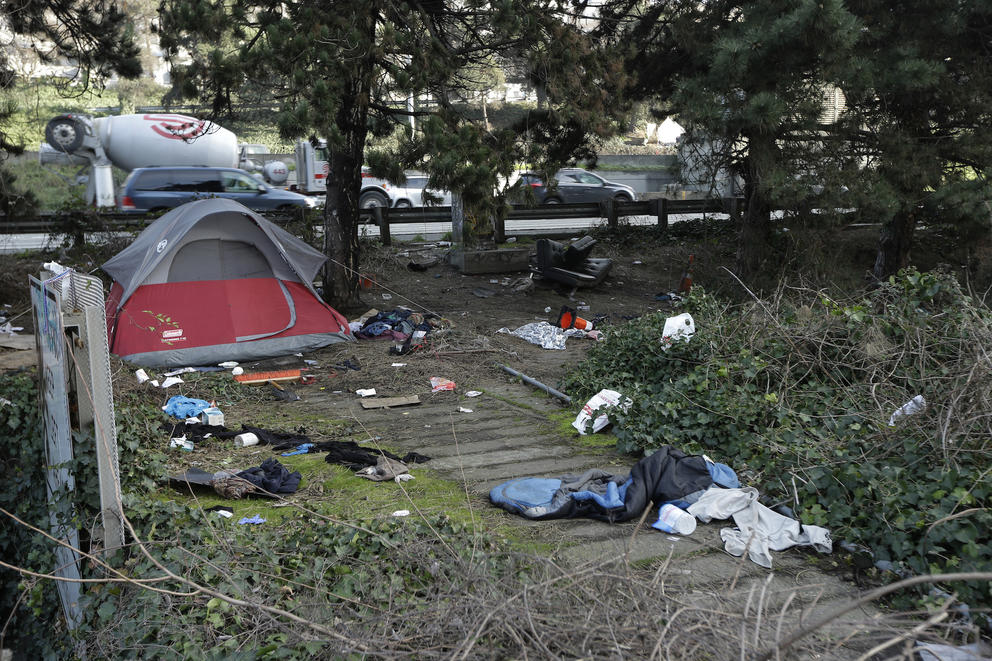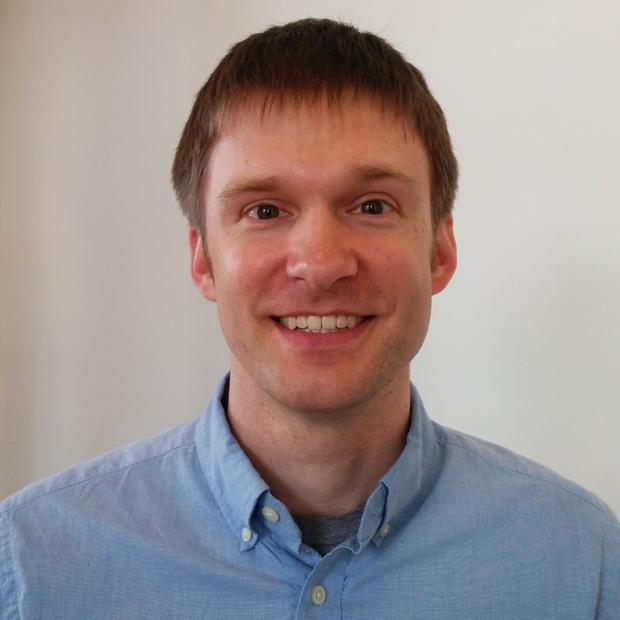As a primary care physician who cares for people with SUDs who are or have been homeless, I share the frustration that we have not yet been able to address the crises as rapidly as I, my patients and others wish. But I am optimistic in seeing the progress of evidence-informed approaches.
KOMO-TV’s special, Seattle is Dying, despite contextual errors, highlighted a frustration that resonated with some. It overtly implied a solution with an appealing simplicity: Incarcerate those living homeless and with SUDs for even minor legal infractions, provide medication treatment and counseling, involuntarily if needed, and people will emerge grateful and in recovery. We will save lives, the argument goes, and rapidly solve these issues.
I wish it were so simple. It is reasonable to have a public debate about how to apply and prioritize criminal justice system resources. It is wishful, erroneous thinking to believe that incarceration is the answer to the intersection of homelessness and SUDs. Such an approach is not necessary, will lose the “long game” and sets a dangerous precedent. There are better ways, many of which have already started (with much more to go).
Incarceration is not a required step to addiction treatment
First, a brief clarification. Medication treatments for opioid use disorder (OUD, aka opioid addiction) include methadone, buprenorphine (commonly called Suboxone, a brand name), and injectable naltrexone (brand name Vivitrol). These long-term meds reduce cravings for and use of illicit opioids and reduce overdose deaths. Medications and strategies exist for alcohol use disorders. No effective medication treatment for stimulant use disorders (crack/cocaine, methamphetamine, cannabis) yet exists. Counseling, social supports and harm reduction strategies for all these disorders can be useful.
Viewers of Seattle is Dying might leave with the impression that incarceration is necessary for SUDs treatment. Offering treatments to those already incarcerated is absolutely a smart approach, as it improves health and reduces recidivism. King County has offered methadone in jails for years and recently added buprenorphine, with further program expansions planned.
But incarceration is not a needed step to treatment. For instance, one of our patients, Mr. P, came to one of Neighborcare Health’s treatment-on-demand programs three years ago. He had been released from prison months prior, was living unsheltered, using heroin and methamphetamine. In 24 hours, as he started a medication to treat his opioid addiction, his heroin use dropped to minimal and remained so for months. Methamphetamine use fell to minimal once he was in supportive housing, arranged by the REACH case management program. Though he struggled with drug use later, his heroin and meth use never returned to what it was, and he remained housed and looking for work.
Community-based medication treatment for OUD is happening all over King County, at hospitals, community clinics, needle exchanges, mental health care agencies and more. Treatment capacity has skyrocketed. More treatment-on-demand programs have been created.
A certain proportion of patients achieve significant improvements in drug use with treatment even when living homeless. Still, we can do better. Let’s keep expanding access to methadone, expanding flexible buprenorphine programs and evolving policies to keep patients in treatment, even if they use multiple drugs. Long-acting injectable treatments hold promise, as do models to incentivize healthy behaviors. Residential programs (“rehab”) can offer respite from unsheltered living and time to stabilize — but all should promote, offer and be able to initiate medication treatment for opioid and alcohol use disorders. Add housing and supportive environments (see below), and we can further improve outcomes of SUDs treatment, all without incarcerating people.
Winning the long game
Let’s brush aside significant legal, moral, racism-based and cost concerns, and reconsider the incarceration-based approach. Our justice system incarcerates individuals at the intersection of homelessness and SUDs for minor nonviolent infractions and mandates prison-based treatments. For how long are individuals incarcerated? If days, we’re back where we started in moments. If weeks to years, that’s time to stabilize someone, but in an environment more costly than supportive housing.
Then our incarcerated community members are released — without housing, without jobs, perhaps without strong social connections. The risk of returning to homelessness and treatment destabilization is high. So, we say, let’s provide housing, employment opportunities and supportive community connections post-incarceration to prevent a return to homelessness and lower relapse risks. Excellent … but why not start with those services, and skip the costly, often traumatic and needless prison time?
While there exist individuals who found incarceration helpful to their trajectory, on a population level there is convincing data from the decades long “war on drugs” that incarceration isn’t effective (or cost efficient) for addressing drug use. “Forcing” people into treatment also has been studied and appears to be no better than treatement as usual. Because SUDs are chronic conditions, the consent and buy-in of individuals are key to long-term success. Still, if individuals pose a danger to self or others, a process (Ricky’s Law) already exists for short-term compulsory treatment, though there is a dearth of evidence on the long-term effectiveness of such approaches.
An exception to this trend is “drug courts,” where individuals can consent to SUD treatment in place of legal sanctions. They have been shown effective for reducing drug use and recidivism, but not homelessness, and their effectiveness correlates with the degree to which participants feel respected and supported.
To win the “long game,” the goals become to implement evidence-based housing interventions, make addiction and mental health treatments easily accessible and psychologically safe, and foster a sense of belonging, self-value and safety, all through trusting relationships.
For instance, Mr. W was living unsheltered, linked to case management through the Law Enforcement Assisted Diversion (LEAD) program, and started medication treatment leading to cessation of heroin use. LEAD (which other states are adopting, as it has been found to be effective) helped him find a shelter that was a good fit, address legal issues and more. He is working now. As his hope for the future increased, his cocaine use plummeted.
A detailed discussion of efficacious interventions already happening and that we can bring to scale is beyond the scope of this writing. They include enhanced shelters, sober living housing, supportive housing (an evidence-based intervention for chronically homeless adults that Seattle helped pioneer), supported employment and recovery-oriented support groups. Including persons with lived experiences in the design of supportive systems will be invaluable.
Prevention of SUDs and homelessness is also key for long-term success. The young brains of adolescents are most vulnerable to the development of SUDs. King County’s prevention plan is underway and showing progress. More affordable housing will alleviate housing pressures.
Lastly, state-enforced compulsory medical treatment against someone’s will, outside situations of danger to self or others or related to communicable disease concerns, inevitably raises major ethical issues. It erodes medical codes of conduct. Its implementation would be riddled with potential abuses of power. It would not build trusting relationships and could paradoxically discourage individuals from seeking treatment.
Ultimately, though, the most compelling reason against considering an approach of widespread incarceration to solve the issues at the intersection of homelessness and substance use disorders has nothing to do with whether we are being compassionate or progressive. We shouldn’t do it because it won’t work, and will distract us from what can.
Note: Dr. Waters does not accept funding from pharmaceutical companies. Neighborcare Health, where he works, has received funding through the King County Health Care for the Homeless network and Seattle’s Human Services Department. Views presented here are his own.
Updated on May 21 to clarify wording around compulsory treatment in two places.



